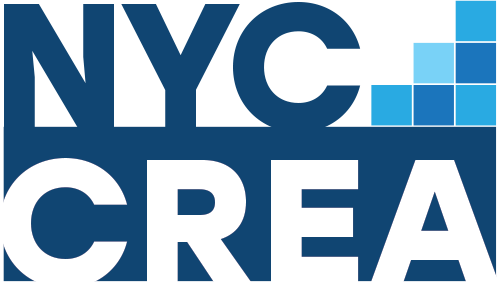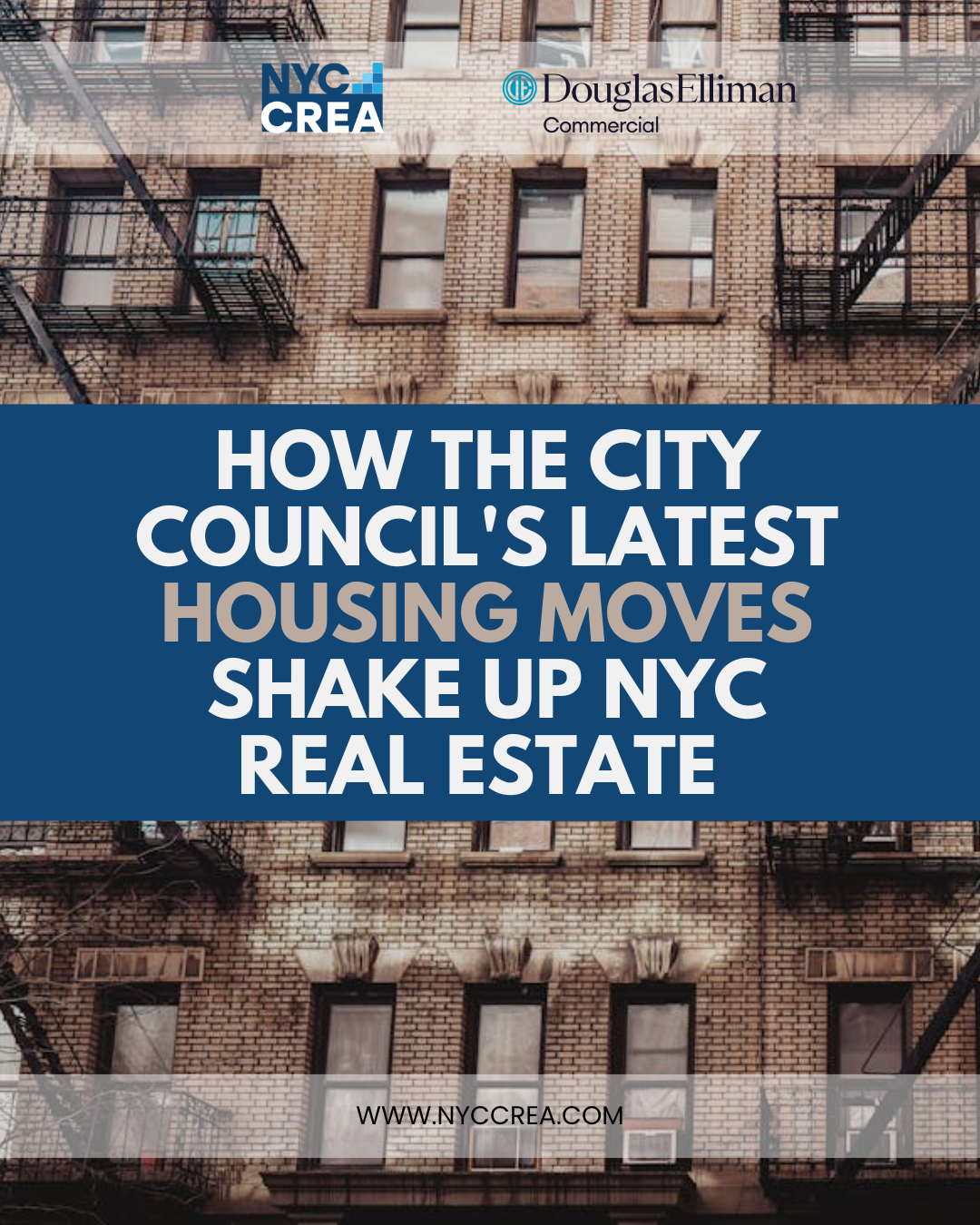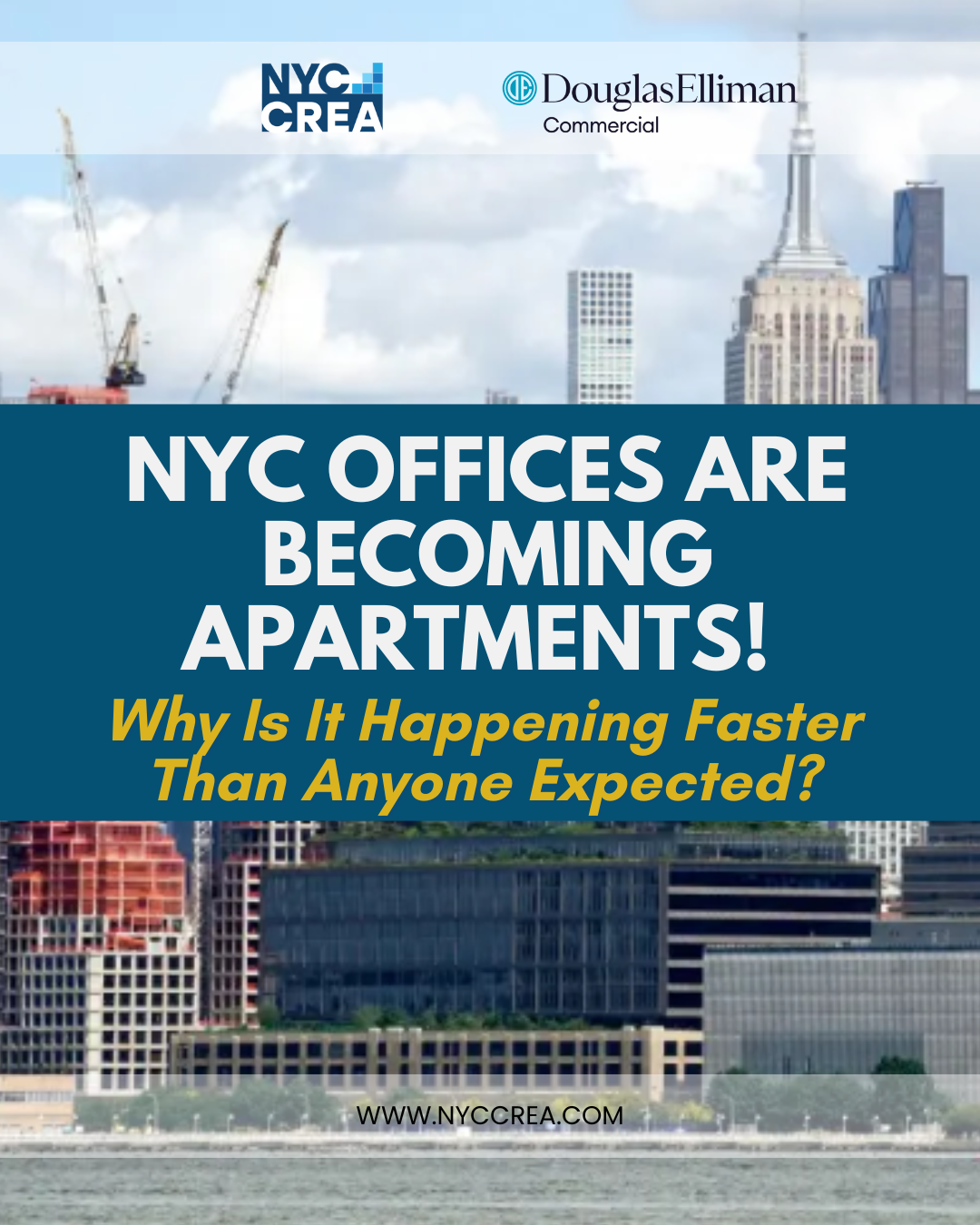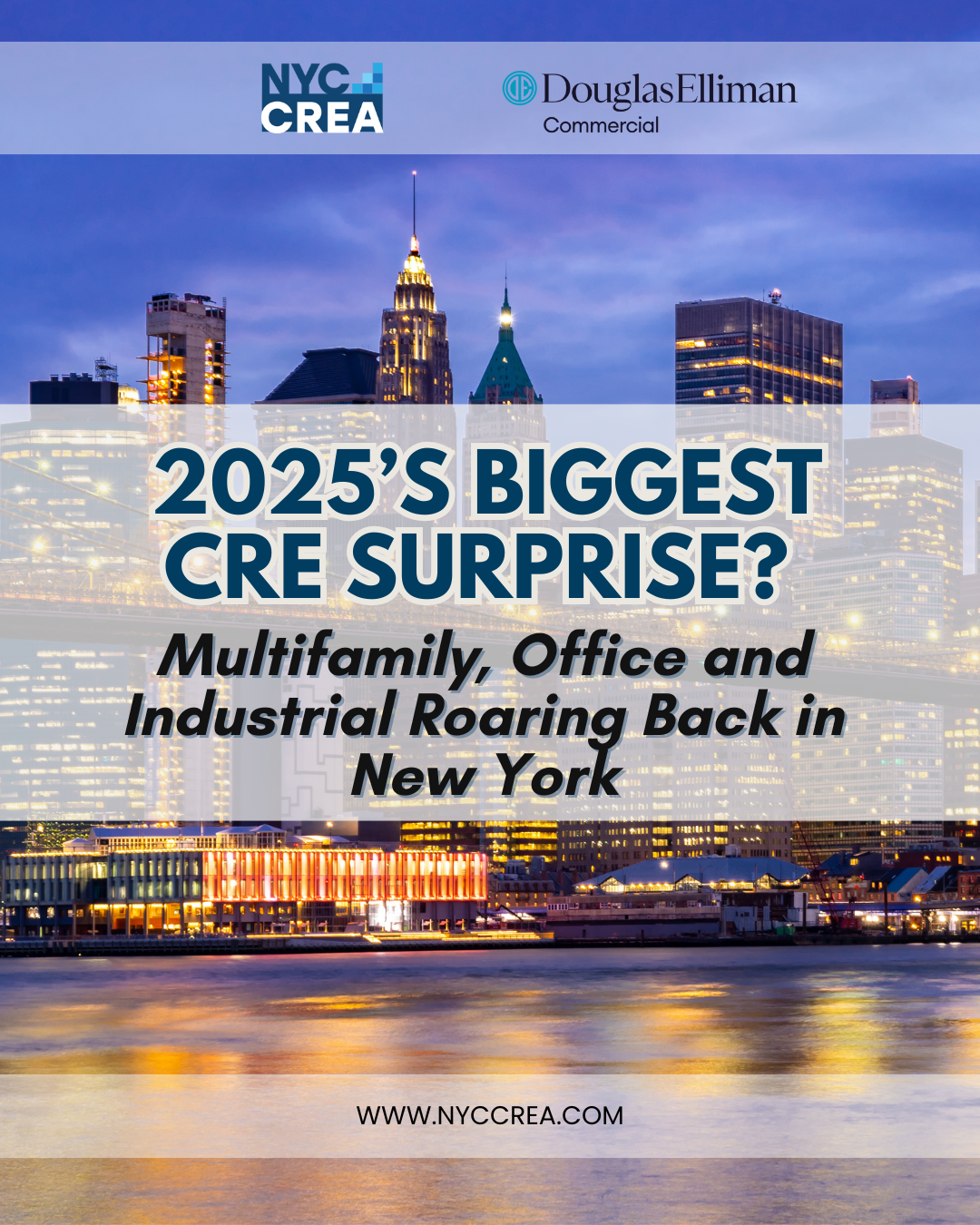June 18, 2025
- E-commerce leasing surged in Q1, increasing from 3% to 15% of activity.
- New York City leads the region with the highest average asking rent at $29.33/SF despite rising vacancies.
- Regional vacancy rates rose for the 12th straight quarter, hitting 7.6%, which was aggravated by oversupply of Class A space.
The Northeast U.S. Industrial & Logistics (I&L) market closed Q1 2025 with 11.6 million sq. ft. in combined leasing and user sale activity—down 22.7% from a year earlier. A persistent increase in vacancy, now at 7.6%, continues to characterize the market, driven by right-sizing tenants and a surge in unleased construction completions. Even so, demand pockets persist across submarkets, with NYC retaining its stature as a high-value logistics hub.

E-commerce activity saw a significant boost from Q4 2024 to Q1 2025, with its share of users climbing from 3% to 15%. However, other sectors experienced a decline: manufacturers’ share dropped to 16% from 21%, and retail/wholesale’s share plummeted from 28% to 4% quarter-over-quarter.

Despite the regional slowdown, New York City maintains momentum due to its urban density and proximity to high-consumption zones. With the highest average asking rent in the region, NYC remains a premium market for logistics real estate. However, rising vacancy and slowing absorption reflect broader shifts in user behavior post-pandemic, as companies rethink space needs and landlords adjust expectations.
Positive Signals for NYC Logistics Real Estate
NYC stands out as the top-performing market in terms of average asking rents, a testament to the continued value placed on last-mile delivery hubs and urban proximity. At $29.33/SF, NYC commands nearly double the regional average, and demand from e-commerce and 3PLs (Third-Party Logistics) supports pricing power despite broader softening. These tenants, particularly e-commerce providers, have increased their regional share of leasing from 3% in Q4 2024 to 15% in Q1 2025—highlighting a pivot back to online retail investment.
Moreover, NYC’s relatively low vacancy rate of 6.4%—the second lowest in the region—positions it as a resilient logistics hub. With limited new construction underway compared to other submarkets and modest completions, supply in the pipeline remains constrained. This balanced dynamic could shield NYC from the deeper oversupply issues seen elsewhere, such as in Philadelphia Metro or Pennsylvania I-78/I-81 Corridor, where vacancy rates exceed 8%.

Challenges Looming in a Cooling Market
Yet, NYC is not immune to the Northeast region’s overarching challenges. Net absorption was negative in Q1 2025, with NYC seeing -0.84 million sq. ft., signaling tenants giving back space or holding off on new commitments. This reversal suggests weakening momentum and a recalibration after years of pandemic-era overleasing. In parallel, regional construction completions hit 10.3 million sq. ft.—nearly all of it unleased Class A space—amplifying pressure on landlords across all markets, NYC included.
An additional headwind is the declining asking rent across the Northeast, down 1.4% quarter-over-quarter and 5.2% year-over-year. While NYC rents remain high, this regional pricing erosion may force even prime landlords to offer concessions, especially as tenant leverage grows. The current 17.6% vacancy rate for Class A space suggests that NYC’s premium rents may not be sustainable without repositioning or incentives.

2025: NYC Positioned to Adapt
As the I&L sector navigates a cooling period, NYC’s logistics real estate market is likely to remain an outlier in terms of rent strength, thanks to structural demand for urban distribution hubs. However, 2025 will require landlords and investors to stay agile—offering flexible terms and rethinking Class A asset positioning to compete with rising vacancy and shifting tenant expectations.
While challenges persist—particularly regarding absorption and oversupply—New York City continues to stand tall in the regional logistics landscape. Its premium market status is underpinned by location fundamentals and e-commerce tailwinds. But in a market where tenants have increasing options, NYC stakeholders must innovate to preserve value and occupancy in the months ahead.
For the latest news, proven strategies, and exclusive opportunities in commercial real estate in New York City and Western Nassau County NY, visit us at www.nyccrea.com
Reference:
NE INDUSTRIAL & LOGISTICS | Q1 2025, CBRE







